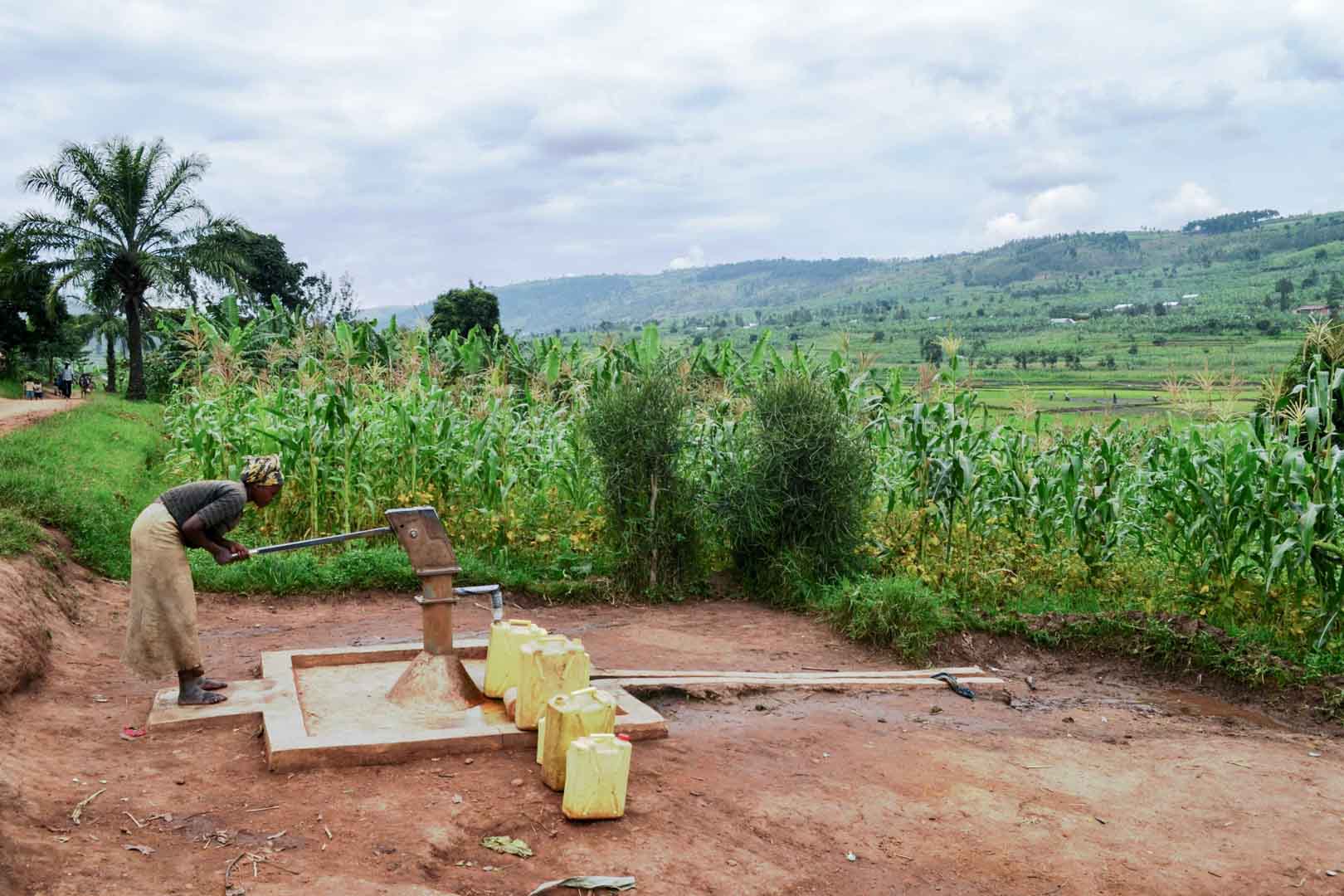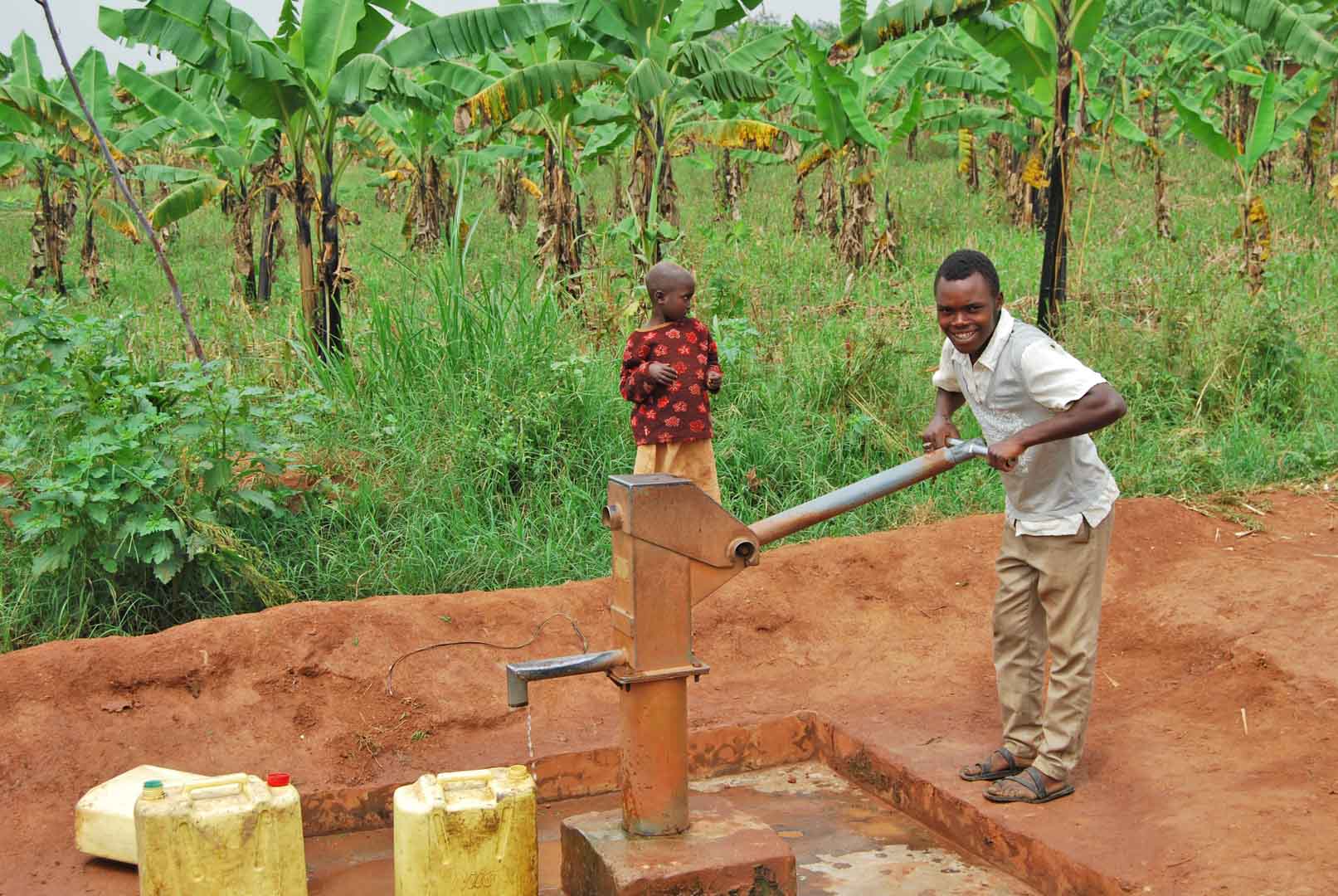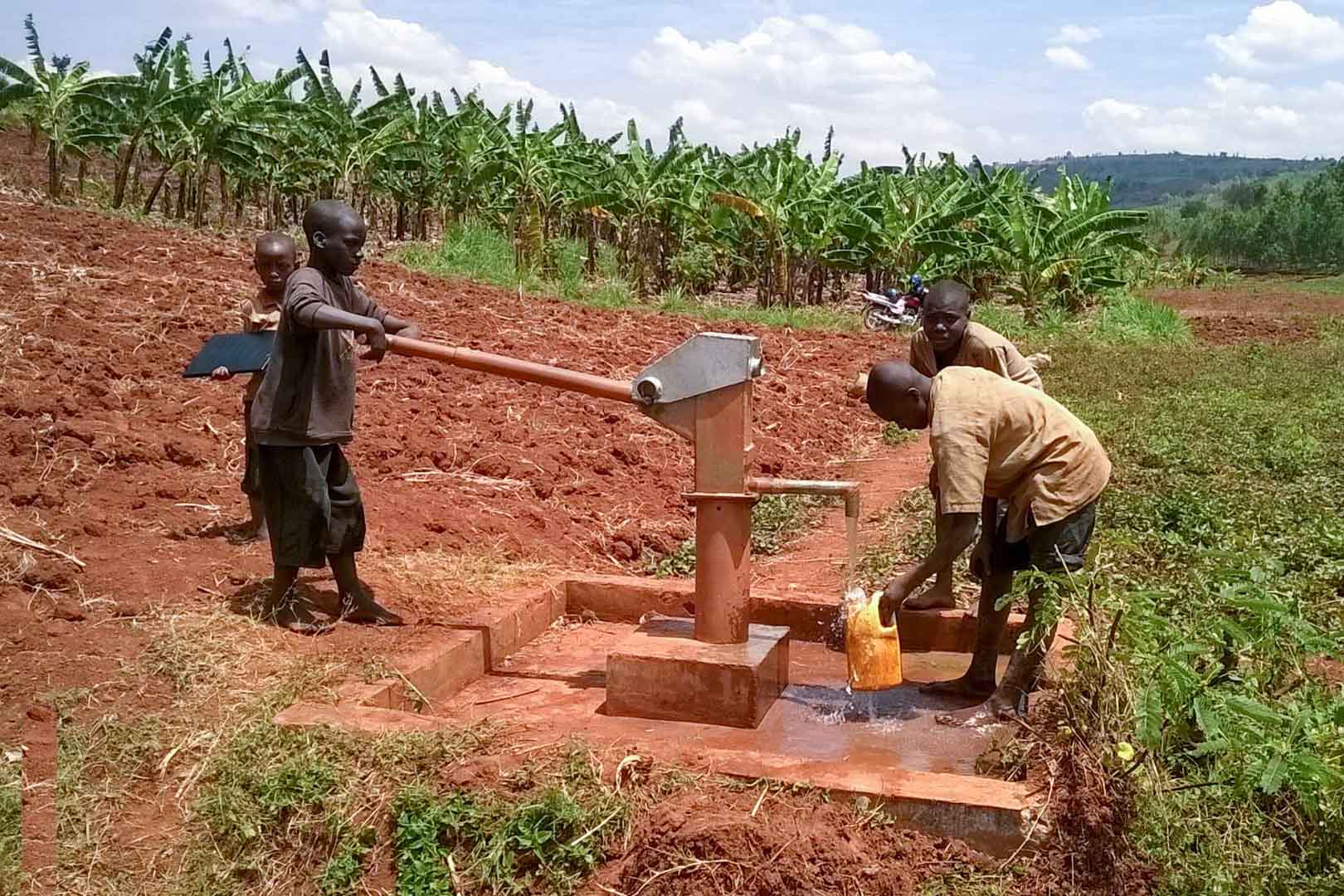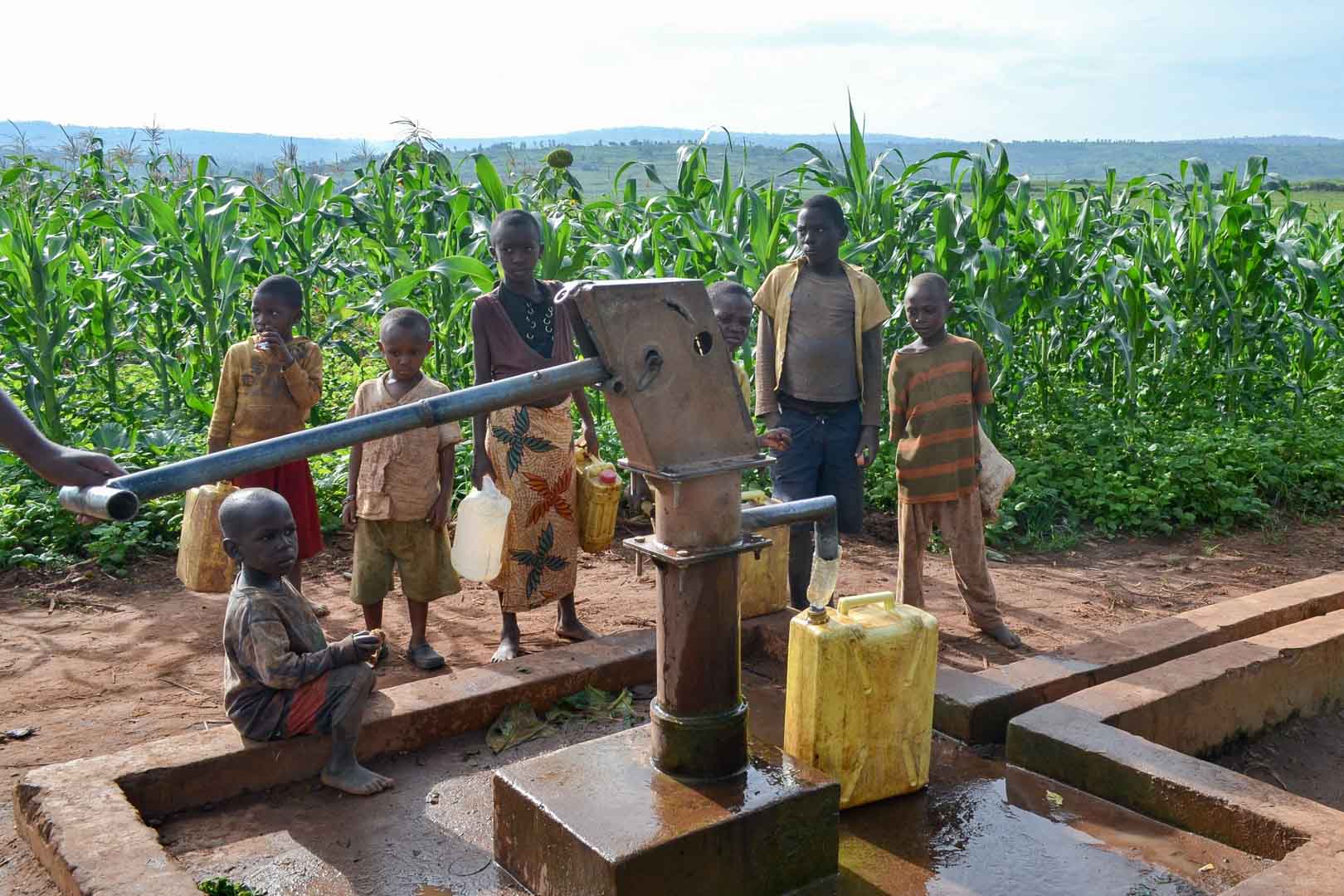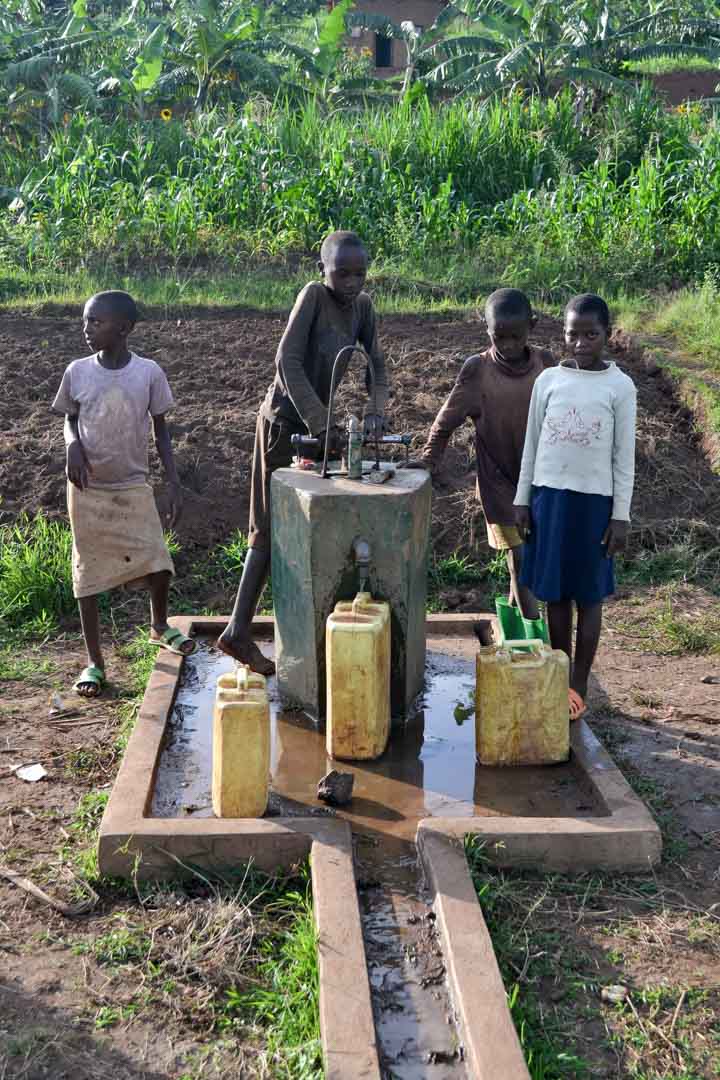Improving health conditions through clean water access
Our project addresses the daily challenges of rural communities in Rwanda by repairing and maintaining existing boreholes and thus improving their access to clean water sources.
The quality of water in Rwanda is typically not safe to drink. Families must either boil water over inefficient wood-fuelled fires or travel long distances to reach a clean source. This often means several hours of work per day, or suffer respiratory illnesses from inhaling smoke from the indoor fires, both mainly affecting women and children. Many communities have boreholes, however, they often lack the capacities to maintain them over the years.
Our project restores and repairs existing boreholes to provide clean drinking water to Rwandan communities. Each borehole is up to 100 metres deep and operated with a simple hand pump. Besides reducing carbon emissions from water boiling, the project brings various social benefits to 68,000 people.

According to UNICEF, 2.2 billion people worldwide lack reliable access to safe and clean drinking water – 26% of the global population. Women and girls often must travel long distances to collect water from the nearest water point. To make the water safe for use, it is typically boiled over open fires using wood, which generates carbon emissions and harmful smoke. Additionally, the collection of firewood contributes to deforestation.
Climate projects for clean drinking water offer practical solutions. Water can be treated chemically (e.g., with chlorine-based purifiers), mechanically (e.g., with water filters), or through tapping groundwater from wells. For this, wells must be repaired, maintained, or newly installed, as only functioning wells provide clean drinking water. These solutions grant even remote villages access to safe water.
Such projects also reduce carbon emissions by eliminating the need to boil water and help combat deforestation. The clean drinking water projects in ClimatePartner's portfolio are registered with international standards.
Explore our projects
Biochar for Climate Action, Healthy Soils, and Better Harvests
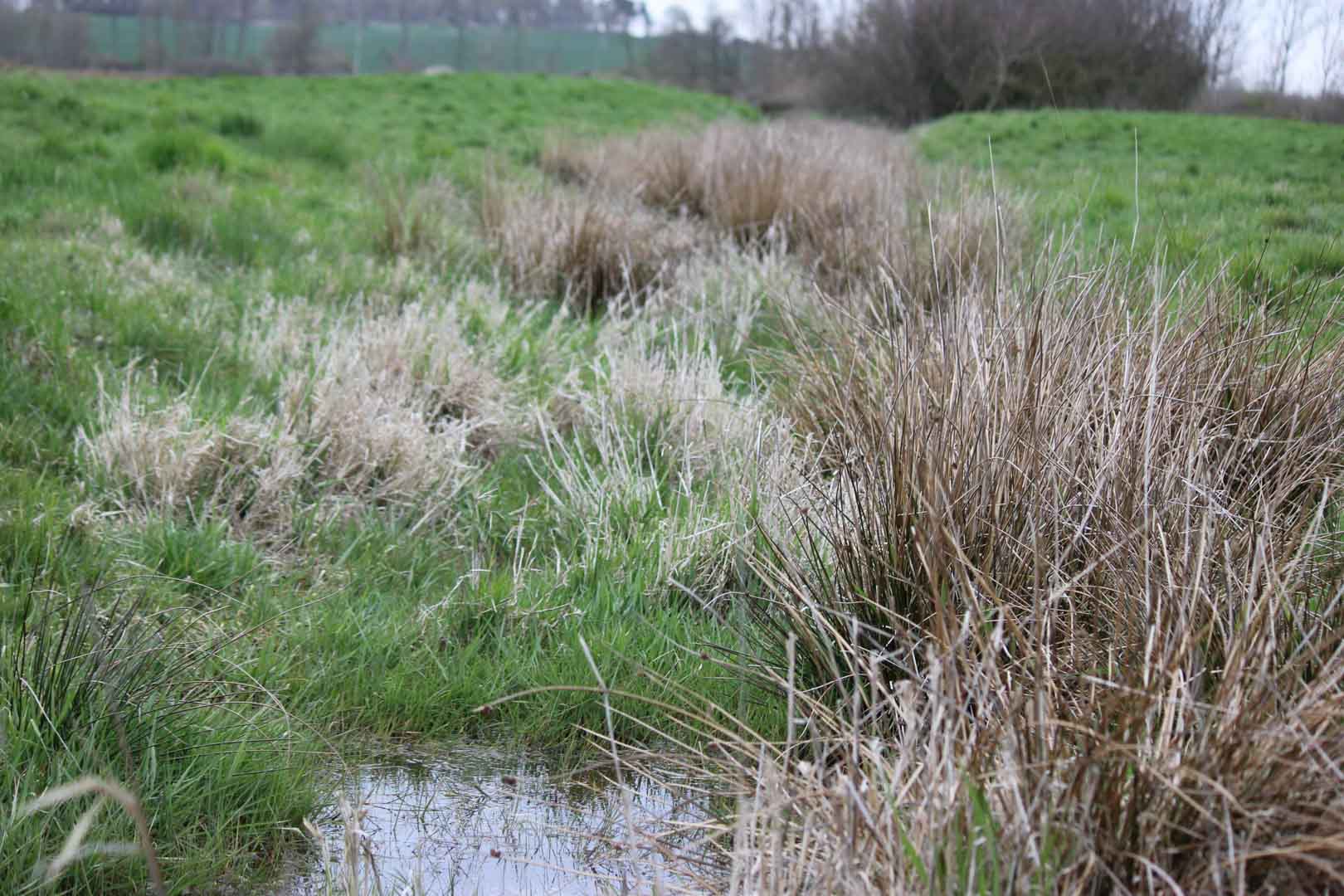
A certified climate project combined with additional commitment

Expansion of renewable energy generation in Asia
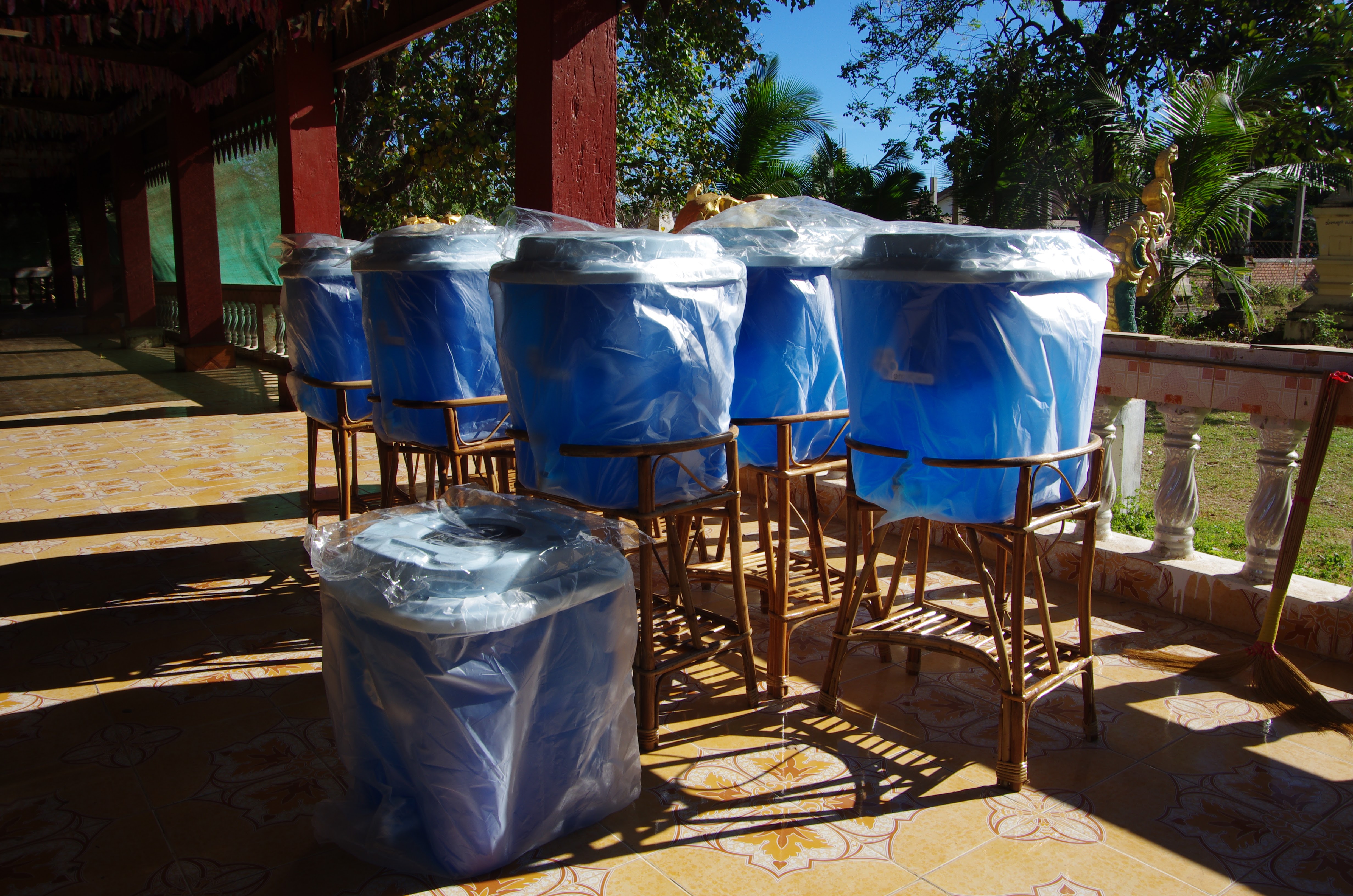
Ceramic water filters save CO2 and improve health

Improved cookstoves worldwide – for better health and cleaner air

A certified climate project combined with additional commitment
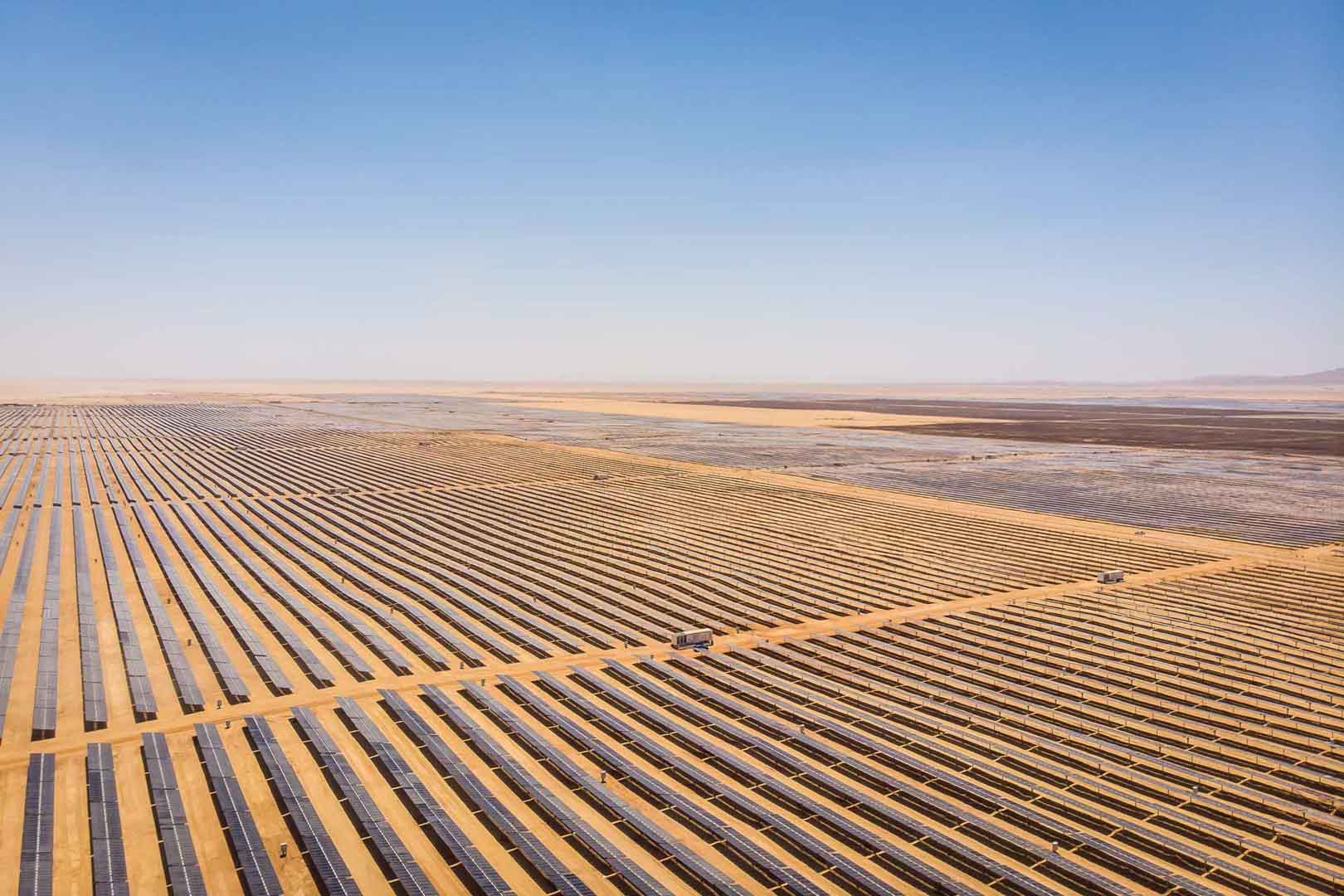
Powering access to renewable energy in Africa

A certified climate project combined with additional commitment

Restored ecosystems remove carbon
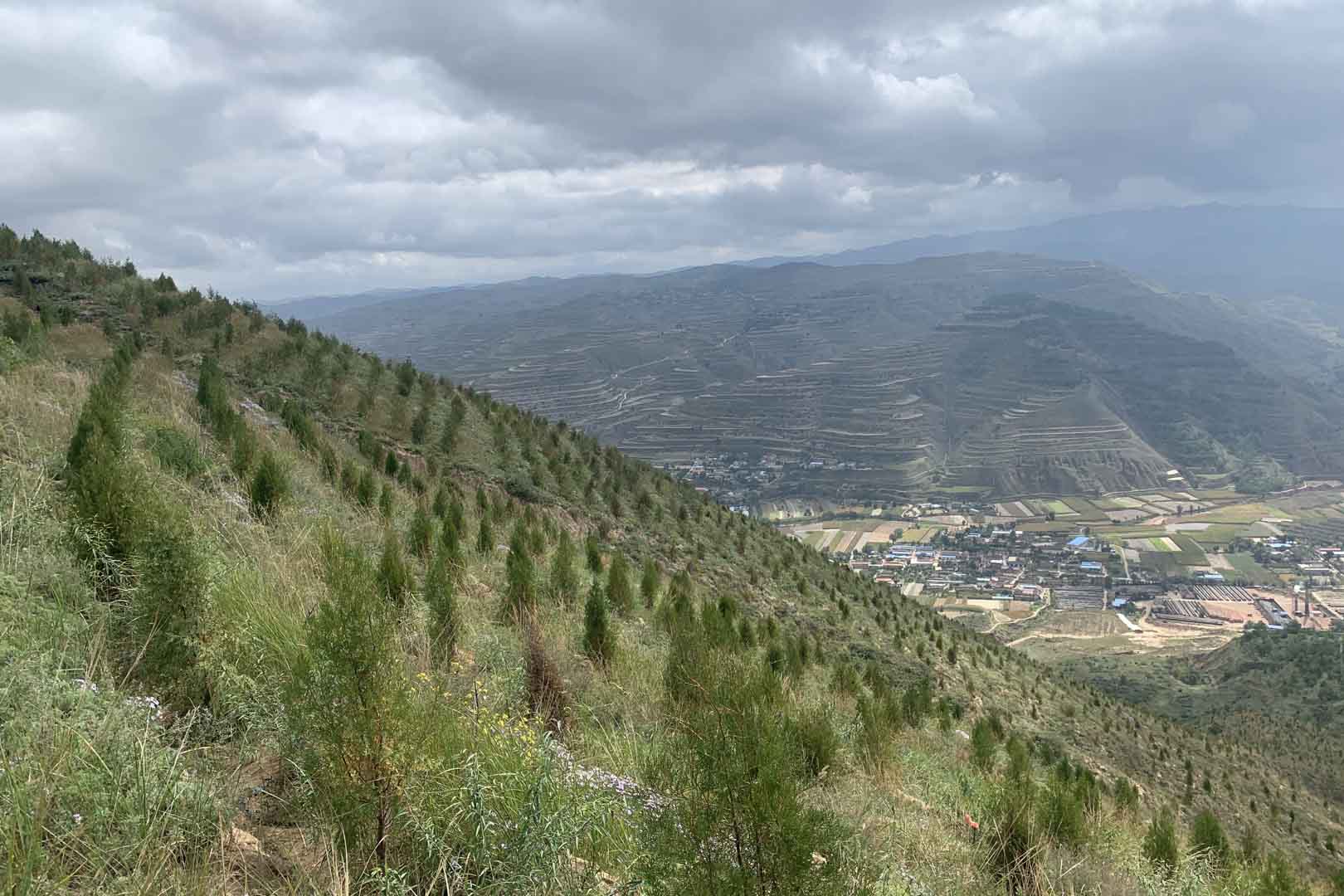
Turning degraded farmlands into healthy ecosystems

Improved cookstoves - better for health and the environment
